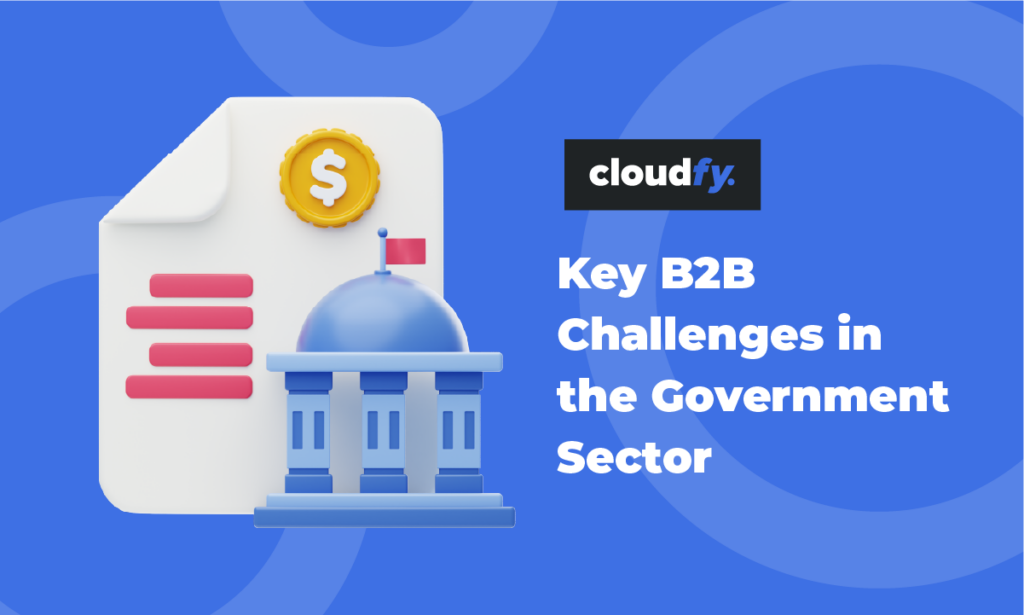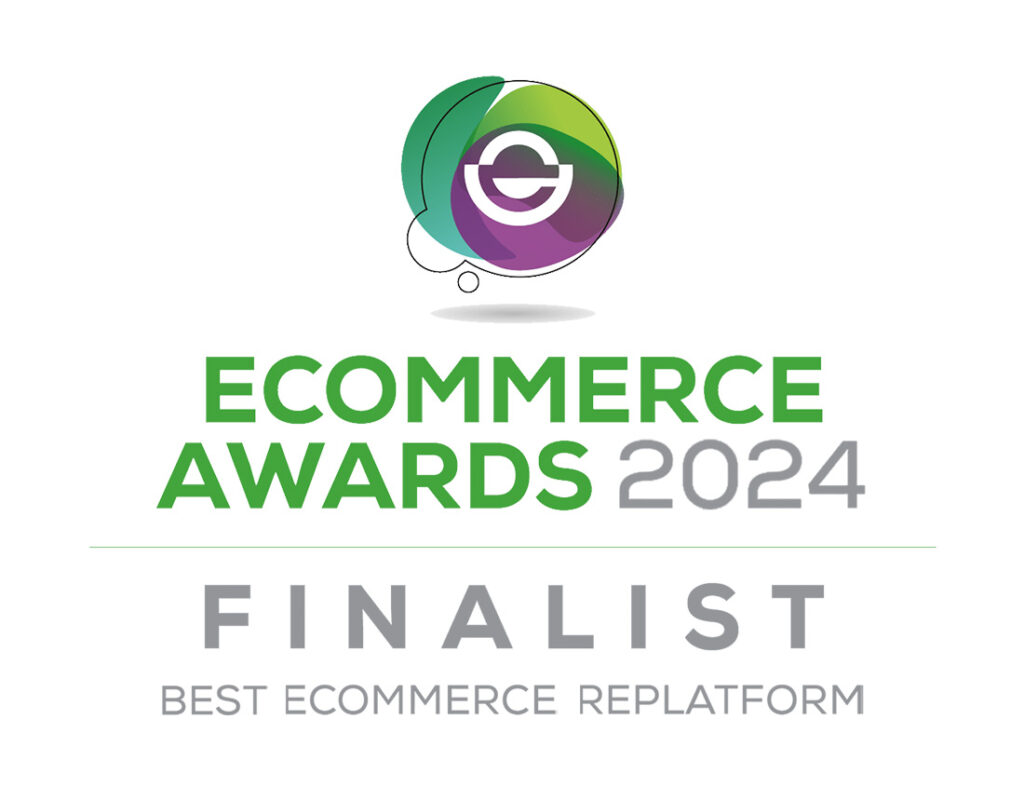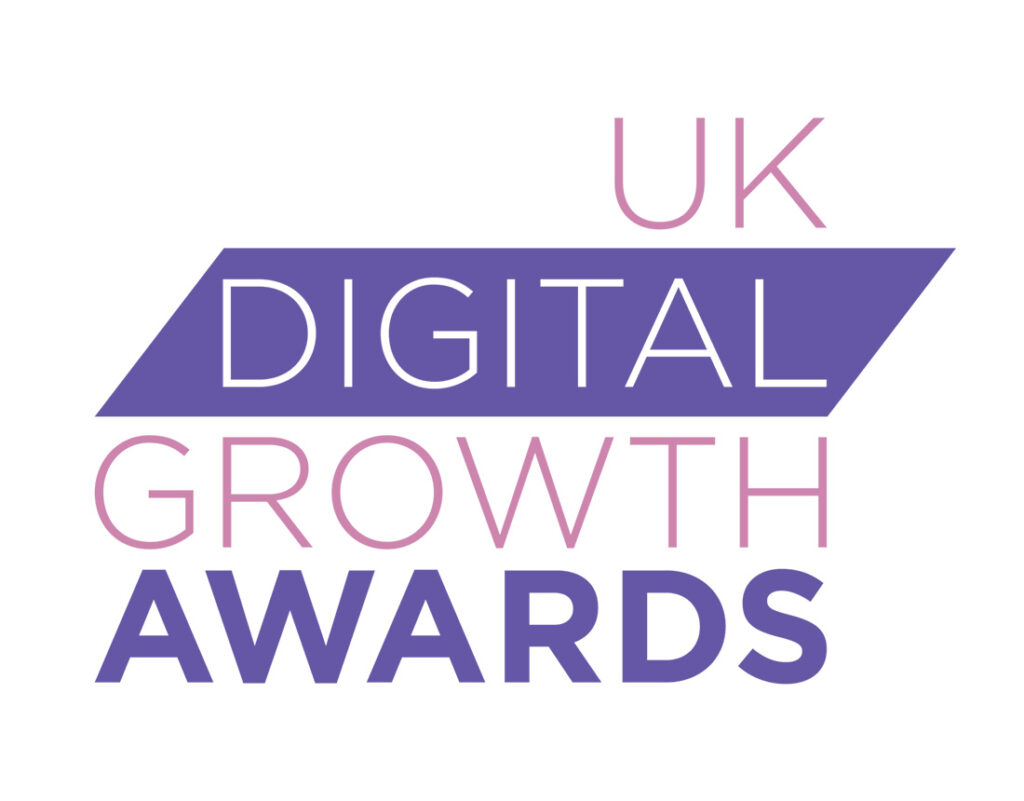Ian Brown, Technical Project Manager, shares plans for exciting new Cloudfy features in 2022. Extending the roadmap of Cloudfy’s new features for 2021 and early 2022, there are more powerful new B2B ecommerce tools coming down the line. Here are some to look out for in response to feedback from Cloudfy’s customers.
As the expectations of B2B buyers increase, the race is on to meet and exceed their requirements. Of course, you will want an ecommerce platform that’s fast and effective, but it’s clear customer experience (CX) and ease of use are very high on the priority list for 2022.
Loyalty points
One of the first new Cloudfy features for 2022 in response to customer needs and requirements will be a comprehensive loyalty points release with further enhancements added during the year.
Users will be able to manage their own or and external points-based loyalty systems with various in-built settings such as user workflows. For the internally managed option users can accumulate points to spend on behalf of their organization. In a business to business (B2B) environment multiple people can add points and somebody can then be authorized to spend them.
Alternatively, the points can be calculated on an external system with Cloudfy passing through things like orders to be processed. The points will accumulate in the external system which will communicate back a balance of current points for each customer, who can then spend them via Cloudfy.
This allows Cloudfy users to take advantage of multiple external loyalty schemes. It’s coordinated at the point of payment, which can be customized to link with their specific external system to bring back the relevant documents to Cloudfy.
Ian Brown says: “It’s an elaborate and feature-rich solution that will meet the needs of people who want to fully manage a loyalty points scheme within Cloudfy and those who use other third party loyalty vendor options like Oracle’s NetSuite, for example, or a combination of both”.
In later releases other popular options like Givex will also be included along with enhancements for retail users who don’t have the same workflow requirements. This feature is already evolving and ultimately, rather than fully paying for an order using points, it will be possible to make partial payments combining points with other methods such as payment on account or credit card.
Multi-store
2022 will also see the release of the Cloudfy multi-store feature which will be a significant enhancement for customers who want to manage multiple front-end stores from a single backend dashboard.
It’s a sophisticated solution that will allow users to seamlessly manage the complexity of multiple stores serving different countries or customers with varied pricing, products, and branding. Each store can have a different domain name tied to the same Cloudify instance with a shared common backup.
Ian Brown explains the benefits: “This would allow a customer to launch a UK site with a .co.uk domain name, and then follow it with a store for Ireland with a .ie domain name. The first site will operate in pounds sterling and second site will have pricing in euros while a third American .us site would run in dollars”.
The Cloudfy multi-store feature set is very powerful, including multi-language operations so that users can set a different language for each store, which is important for businesses that want multiple international storefronts. To minimize guesswork, there’s also a planned enhancement that will allow users to switch into multi-language mode using a simple tool to hover over a term or phrase they want to find in the equivalent in the backend system.
A customer-centric focus
The Cloudfy team has always recognized the importance of easy interfaces and user-friendliness so they will be making plenty of front-end enhancements in 2022.
Work is underway to provide a headless option allowing Cloudfy users to be fully focussed on customer experience and branding, decoupled from their backend systems. This will provide the freedom to create bespoke skins and themes for their sites alongside Cloudfy’s powerful ecommerce functionality.
Ian Brown sees this as a powerful option for businesses that need to deliver exceptional customer experiences: “The moment you separate the front end from the actual ecommerce engine it’s in the hands of Cloudfy’s customers what they want to display and how. Otherwise, we must test to make sure every new feature works with every single Cloudfy theme, which slows down the development process. It’s so important that we are fully focused on making this feature smooth so that it will operate efficiently. However, not everybody will want to take up this option so we will still retain the ability to customize our own Cloudfy themes for our customers”.
Ease of use
People will also see even more intuitive interfaces for Cloudfy next year with refined custom menus, for example, which will have a smarter interface and will be paginated instead of appearing as a list, which could be slow to load. Users will also be able to search and access specific custom menus which will save time, compared to scrolling through lists. There will also be new automated options such as scheduling specific menus for special B2B promotions on Black Friday, for example, or showing some menus only to certain customers.
There’s also more work underway to further improve Cloudfy’s efficiency and speed. Development of Cloudfy’s marketing module will integrate typical promotions that are common in retail environments for B2B world, such as buy one, get one free two for one.
There will be many more regular enhancements and, moving forward, there will be opportunities for customers to get involved to help us to prioritize new features.
To see what you can already do using the powerful Cloudfy platform, book a free demonstration.






